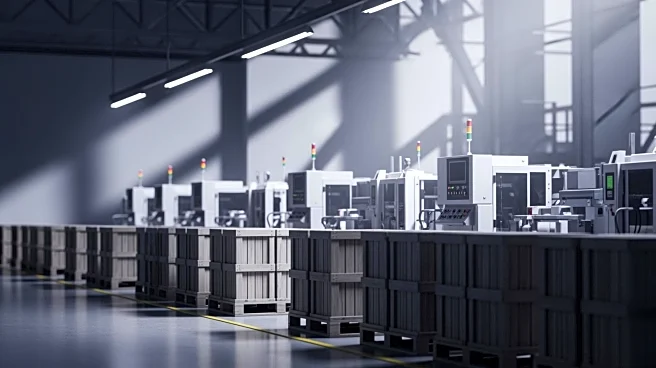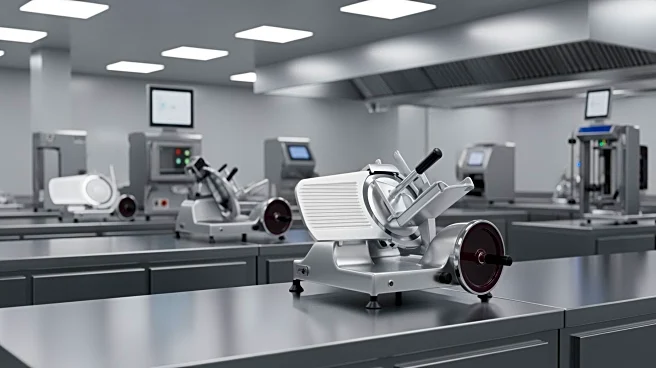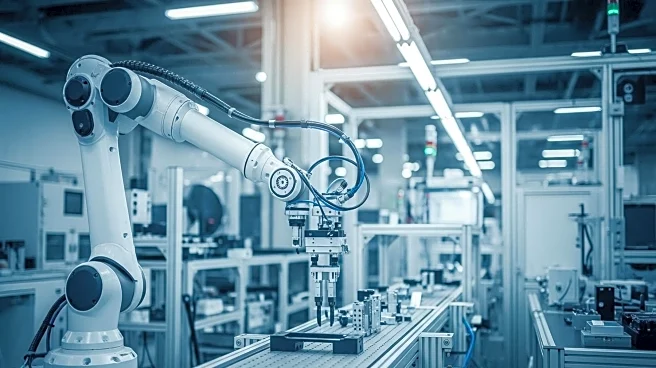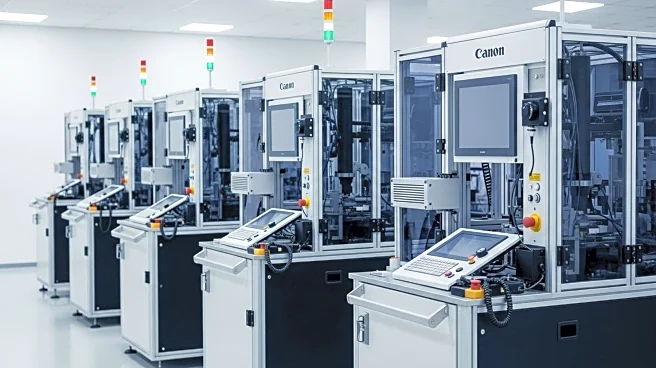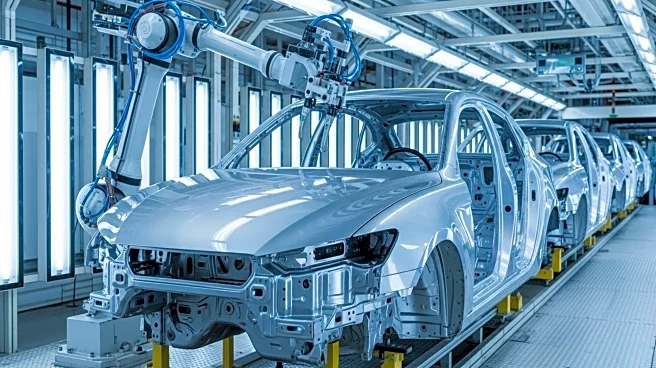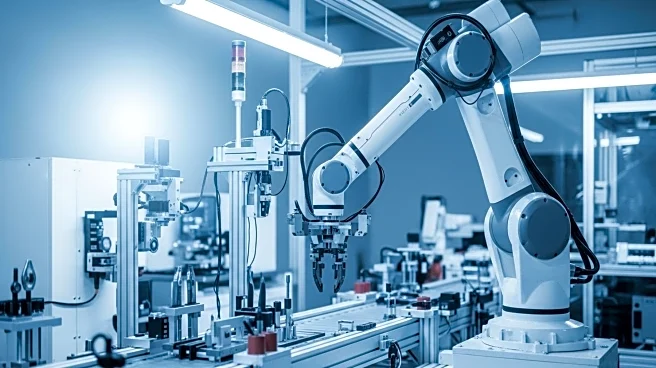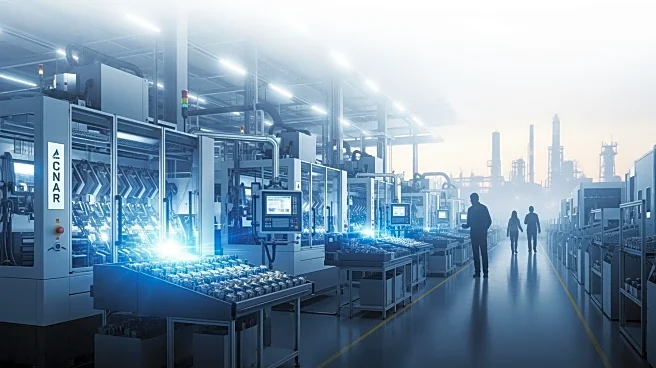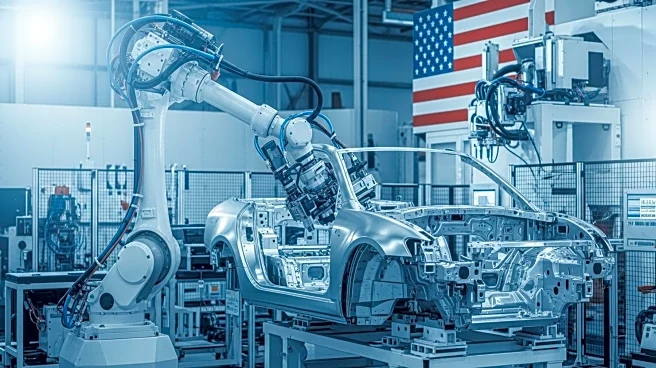What's Happening?
Manufacturing CEOs in the United States have reported a significant rebound in confidence during October, following declines in August and September. According to the latest CEO Confidence Index survey,
conducted by Chief Executive, manufacturing leaders rated current business conditions at 5.6 out of 10, marking a 24 percent increase from the previous month's rating of 4.5. This improvement is attributed to expanded order backlogs and sustained consumer demand. CEOs forecast further improvement over the next twelve months, predicting a rise to 5.9 out of 10, which is close to the optimism seen in July. Despite this positive outlook, 30 percent of manufacturers still anticipate a mild recession or slowdown, influenced by sector-specific challenges such as weak demand in life sciences due to reduced research funding.
Why It's Important?
The rebound in confidence among U.S. manufacturers is a positive indicator for the economy, suggesting potential growth in the manufacturing sector. This optimism is driven by strong backlogs and consumer demand, which could lead to increased production and job creation. However, the mixed outlook, with some manufacturers predicting a mild recession, highlights ongoing challenges such as geopolitical volatility and sector-specific issues. The disparity between domestic and global manufacturers' expectations underscores the impact of international trade uncertainties and tariff stressors. Overall, the increased confidence could lead to higher profits, revenues, and capital deployment, benefiting the U.S. economy.
What's Next?
Manufacturers are expected to continue monitoring economic conditions closely, with many planning to increase profits, revenues, and capital deployment over the next year. Hiring is also projected to rise, with 36 percent of respondents expecting to expand their workforce by next year. The optimism among global manufacturers regarding revenue and profit increases suggests potential growth despite international trade challenges. As manufacturers navigate these dynamics, their strategies will likely focus on leveraging strong backlogs and consumer demand while addressing sector-specific challenges.
Beyond the Headlines
The increased confidence among manufacturers may have broader implications for U.S. economic policy and trade relations. As manufacturers anticipate growth, there could be pressure on policymakers to address trade uncertainties and support sectors facing specific challenges, such as life sciences. Additionally, the optimism among global manufacturers highlights the resilience of international trade networks, despite ongoing geopolitical tensions. This could lead to strategic shifts in manufacturing operations and investment decisions.
